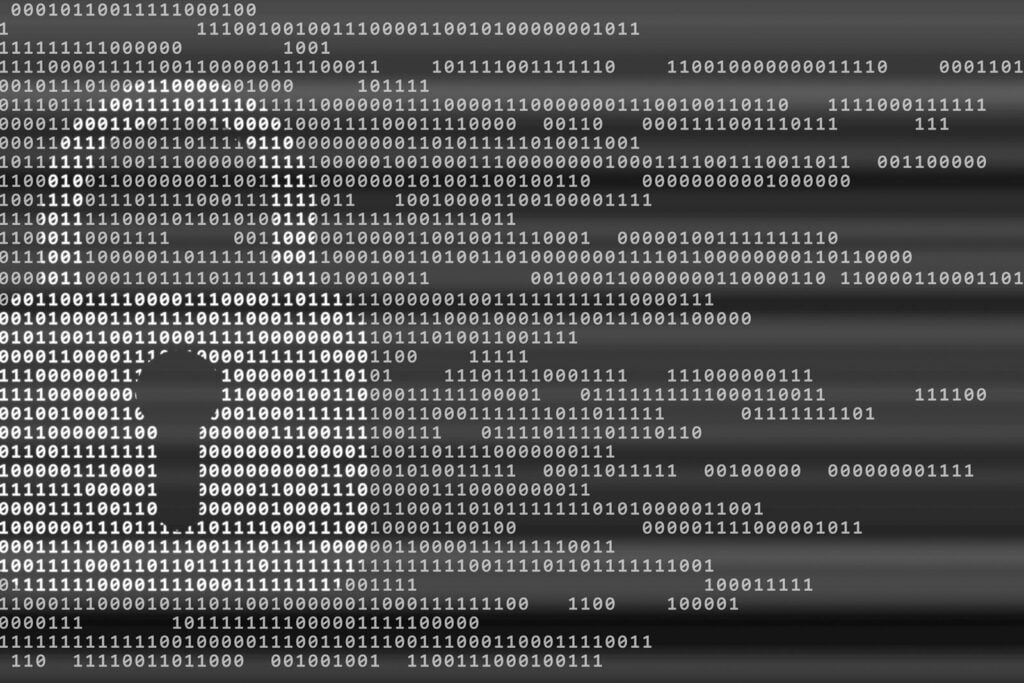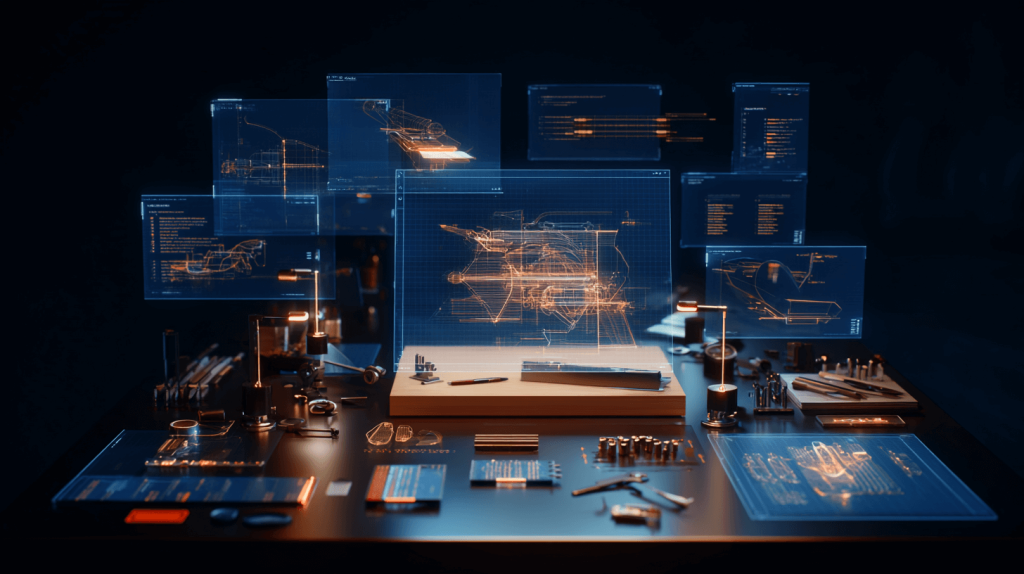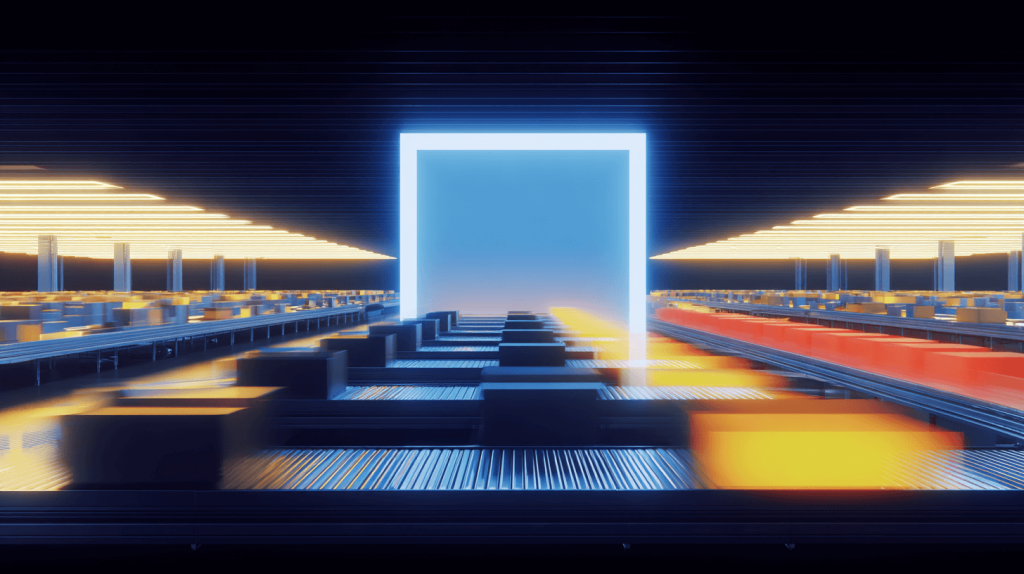In today’s software-centric economy, software patents are more important than ever. The rapid integration of software, Artificial Intelligence, and Machine Learning has increased efficiency and production. Yet many inventors simply want to know if their software is patentable and where to begin.
This article provides all the information you need to know about protecting your software with patents. We’ll explore the pros and cons of patents for software, including the cost, scope, and complexity of the patent process. Armed with this information, you’ll be able to make an informed decision about whether patents for software are the right fit for your business.
What Is a Software Patent?
Simply put, a software patent protects the processes and methods of execution your software performs and may be patent-eligible if the key features are properly identified and described in the application. We call this process identifying the “point of novelty,” which is the foundation to any software patent. To identify the novelty in your software, one strategy is to begin by thinking about the unique functionality of the software and working backward.
This requires first understanding that functionality is how a combination of features work to provide the desired outcome. If you can first identify the unique functionality then it will help identify what specific features (i.e., tools) are both functional and utilized within the system which may be novel.
In determining whether your software will be patentable, here are a few considerations that may provide some guidance when identifying novelty:
- What is unique about my software functionality?
- What are my software’s features that help create the novel functionality?
- What is the inventive concept in my software?
- How does my patent provide a technical improvement over known systems?
Are Software Patents Enforceable?
Yes. While software-related and computer-implemented inventions continue to face challenges as to their patentability and enforceability, these hurdles run contrary to recent USPTO and court data regarding the patentability of software inventions.
Despite software patent myths, the data indicates that software-related technologies are not only patentable, but also highly enforceable and can survive validity challenges at the Patent Trial and Appeal Board or federal court. As with any technology, a patent holder’s ability to enforce their patent rights begin the moment their patent is issued.
If an infringing party makes, uses, sells, or imports the subject matter claimed in the issued patent, the patent owner has legal recourse against the infringing party. The scope and breadth of any patent rights are defined by the claims granted in the patent. If a patent includes broad claim language, then the owner’s right to exclude others is much larger than it would be in the case of a patent with narrow claims.
What Are the Different Types of Software Patent Applications?
The first step when beginning the patent application process is to understand what type of application is applicable to your technology. Utility patents are the most common type of application and are granted for new and useful machines, manufactures, processes, and compositions of matter, and useful improvement thereof and focus on the functionality of the invention. On the other hand, design patents protect the ornamental appearance of the invention and not the functional aspects.
Provisional Patent Applications
A provisional utility patent application provides a 12-month pendency or grace period for an inventor to further develop and finalize their application while being considered “patent pending.” It must be understood that while provisional patent applications are a great fit for early-stage inventions, a provisional patent application is only a placeholder for the 12-month term and must converted to a non-provisional patent application before the expiration of such period or your protection, including your priority date, will be lost.
Compared with a non-provisional patent application, a provisional patent application (PPA) is less complex and more concise and costs significantly less to prepare. Typically, a provisional patent application includes between 5-20 pages of disclosure and figures and does not require a formal claim set.
Non-Provisional Patent Application
A non-provisional patent application is often nicknamed the “regular” utility application. If granted, a non-provisional patent application provides 20 years of patent protection from its filing date. The non-provisional application requires a title, background, summary of the invention, detailed description, drawing figures, and at least one claim to meet the legal filing requirements.
Most non-provisional patent applications will include 3 independent claims and 20 claims total, although the applicant may purchase addition independent and dependent claims by paying the appropriate fees at the time of electronically filing their application though the EFS-Web.
Design Patents For Your Software GUI
Do not overlook the value of a design patent application as they can provide significant legal protection for your software. Design patent applications provide faster prosecution time, higher allowance rates, and lower attorney costs and USPTO filing fees, as compared to utility patent applications. Design patents can be drafted to protect the Graphical User Interfaces (GUI), loading screen changes, and other ornamental elements of your software.
Your GUI may be patentable and may meet the “article of manufacture” requirement if your GUI’s two-dimensional image is shown on a computer screen, tablet, or mobile device. Your GUI design patent application may include multiple embodiments if those embodiments relate to a single GUI design. Design patent applications should include figures with at least one area in dashed or broken lines, and an outer boundary of the device should be shown in broken lines. A broken line statement is essential in defining what portions of the GUI are claimed.
Pros of Obtaining Patents for Software
Ability to Pursue Legal Action Against Other Parties Infringing on the Patent
One of the primary benefits of obtaining a software patent is that it enables the inventor to take legal action against individuals or businesses that illegally use your software without your authorization and collect damages. If the patent is even slightly infringed upon, there may be a foundation for an infringement suit in federal court.
Ability to Secure a 20-Year Protection for Your Software Invention
An issued software patent presents a golden opportunity to monetize the invention through acquisition or licensing. If you do not protect your software, you open the door for competitors to employ their developers to copy your novel software features and functionality in their next software update.
Gain Leverage in Negotiations with Potential Partners, Competitors, and Investors
The value of a strategic patent portfolio and advantages of monetization of licensing can be seen by America’s largest technology companies. For example, in 2016 IBM set a record for having earned the most patents at just over 8,000. If you’re intimidated by this statistic, wondering how a company can earn so many patents when it can be a struggle to even file a single application, the answer is actually very simple: business acquisition.
The same year, IBM acquired 12 businesses. While acquiring the revenue stream and clientele of these businesses is nice, it’s probably safe to say these aspects of the additions had negligible effects on IBM’s earnings. So why did IBM buy these companies? Most likely for their patents.
Increased Potential for Profit Through Licensing and Monetization
While some business owners and inventors insist on keeping their patented software in-house, there is also the opportunity to monetize your intellectual property in a variety of ways. For example, consider licensing the software after patenting, and you may be able to create recurring revenue through royalties for decades.
Setting Expectations for Applying for a Patent
The Patent Process Is Slow

The most glaring obstacle when considering filing a patent application is that the process will be time-consuming. The formal barriers in the way of patent approval require time, effort, and patience. The entirety of the patent process is likely to consume upward of two years or longer. The more complex the technical specifications are, the longer the substantive review will take.
The bottom line is that the USPTO examines tens of thousands of patent applications throughout the entirety of the year. Additional bureaucratic hurdles such as the application type, art unit, actions (or lack thereof) taken by the office, and the software’s idiosyncrasies can further extend the timeline for approval/rejection. However, it is possible to expedite the process with the guidance of a software patent attorney.
A Software Patent Isn’t Guaranteed
Don’t let anyone feel you, software patent protection is never guaranteed. However, your chances of obtaining a software patent are much better when you retain a firm the specializes in software patent prosecution and understand how best to draft your application.
How to Get Started with Your Software Patent
While every technology and industry have unique challenges to the patent process, it is important to understand each section of a patent application and where you need to devote much of your time while drafting your software patent application. The claims of a patent define your property rights of any granted patent and are the most scrutinized aspect of any application. However, one of the most overlooked sections, and arguably just as important as the claims, is the specification. The specification serves as the basis of interpreting the claims.
During the prosecution process, claims can be routinely amended to traverse rejections raised in an office action, but the specification can rarely be amended once your application has been filed.
Below is a six-step overview on how best to obtain your software patent.
- Identify the “point(s) of novelty” of your software and prepare a thorough disclosure document for your patent attorney
- Obtain a prior art search to determine the patentability of your software.
- Prepare a thoughtful and carefully crafted software patent application with the help of your patent attorney.
- Submit the patent application to the USPTO for examination and save your application number, confirmation number, and filing date for your records.
- Timely respond to any office action issued by the Patent Examiner at the USPTO
- Obtain a Notice of Allowance and pay your issue fee for your new software patent.
Software Patent vs. Copyright Protection
Copyright protection may extend to software source code, object code, and visual elements. As with most software innovations, source code and object code are considered literary works and protectable with copyright registration if they are original and fixed in a tangible medium of expression. In most cases involving software, the tangible medium is typically a hard drive, print, magnetic, or electronic medium. While copyright protections extend to the original expression within the software, it does not include the functional aspects of the software such as the algorithms, hardware, system design, logic, or formatting.
However, every software inventor should understand the value of their software platform is likely found in its underlying functionality and not simply it’s lines of code.
Can Code Be Patented?
The truth is that software is patentable, but what gets patent protection is not the software code itself. In order to be eligible for patent protection, a software invention must meet the requirements of patentability: it must be novel, non-obvious, and of practical utility.
Software Patent Examples
Let’s take a quick look at examples of software patents to help better explain the necessity of this important legal protection.
United States Patent number D599,372 is applicable to Google’s homepage. The popular online search giant obtained the patent for legal protection pertaining to the design of its frequently visited homepage. The patent’s formal phrasing is “graphical user interface for the display of a terminal used for communication,” a complex string of words indicating Google has protected its white-hued homepage featuring its logo and query bar with a patent.
Airbnb, the popular website used to reserve accommodations at residences across the world, has a software patent protecting the availability of lodging for booking. The company’s software employs a unique model to analyze the availability of temporary lodging and subsequently identify those that are most likely to be booked by customers. The company holds roughly 200 patents, all helping to maintain their competitive edge in their industry.
Speak With an Experienced Attorney About Patents for Software
There’s no doubt that software patents can be a valuable asset to any business, that’s why consulting with a knowledgeable and experienced intellectual property (IP) attorney with experience specifically in drafting patents for software can help set you up for success. Since patent laws relating to software are constantly evolving and, in many areas remain ambiguous, a qualified patent attorney can help you stay up to date on the latest rulings and best ways to position your patent application for approval.




